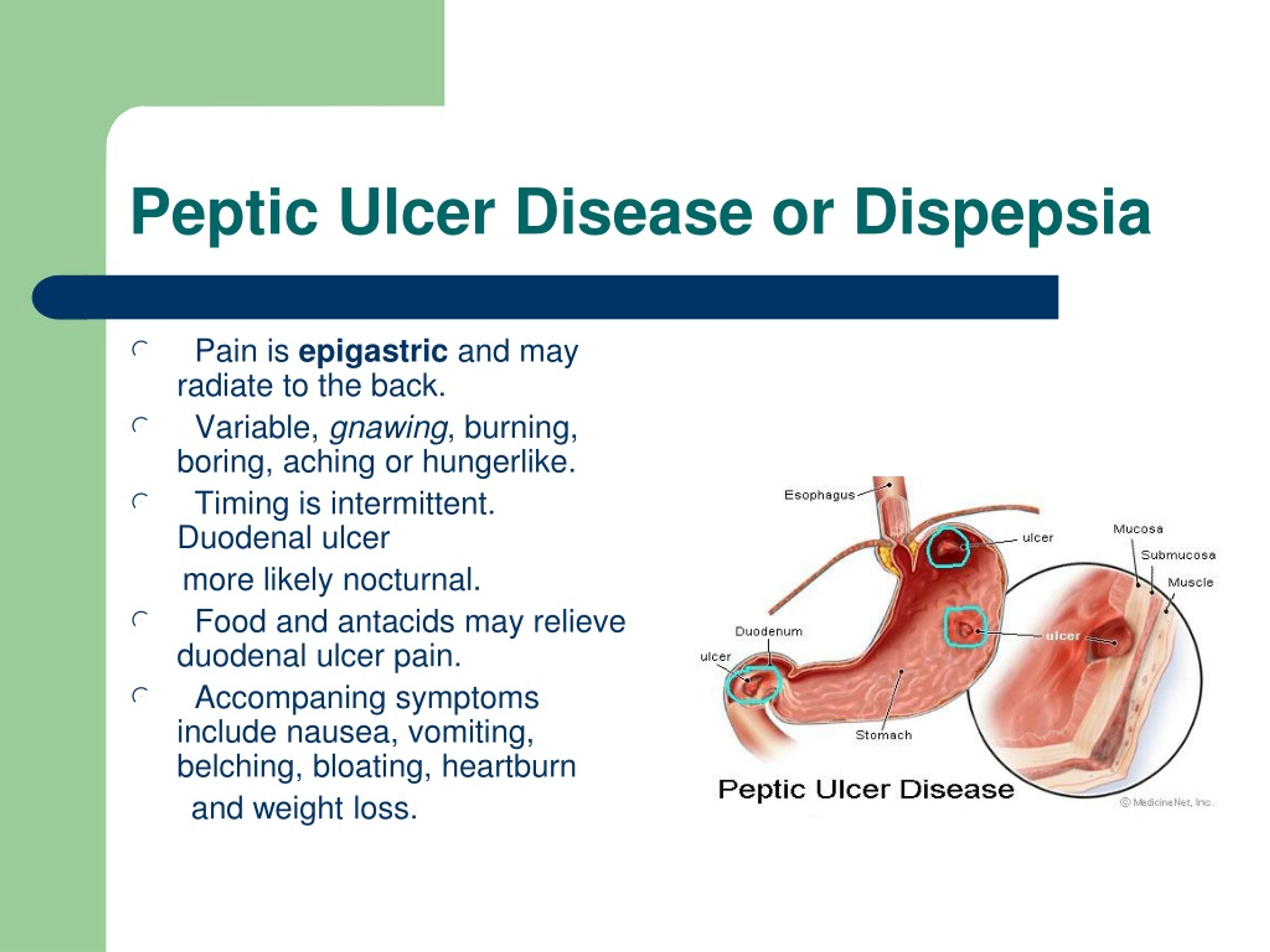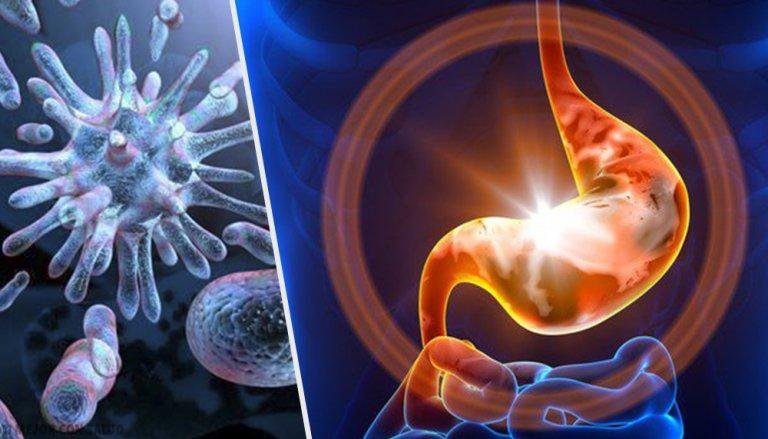

Levels of vasopressin increase naturally with age but children over the age of five years can be treated with medicine called ‘Desmopressin’ which mimics the natural occurring vasopressin (see section on ‘treatments’ below).Ĭhildren who have low levels of vasopressin are more likely to: If levels of vasopressin are low the kidneys continue to produce large amounts of urine which the bladder cannot hold overnight and so bedwetting results. Vasopressin is released continuously but peak levels occur at night time.

Although vasopressin acts on the kidneys, it is released in the body by the pituitary gland. Vasopressin is an ‘anti-diuretic’ hormone which means that it reduces the amount of urine produced by the kidneys. Bedwetting alarms can help to strengthen the signal from the bladder to the brain (see section below on bed wetting alarms). For example, it is reported that eight percent of four and a half year olds wet the bed whilst one and a half percent of nine and a half year olds wet the bed and only one percent at adulthood.Īlthough we don’t know why some children achieve night time dryness quicker than others, nocturnal enuresis is likely to result from one or a combination of the following factors: Not waking to bladder signalsįor some children the signal from the bladder does not wake the child from their sleep. In the UK approximately half a million children aged between 5 and 16 wet the bed but the percentage of children decreases with age. Whilst most children will be dry in the day by the age of 5 years, 1 in 75 children older than five will have some degree of day time wetting.įor all children, night time bladder control takes longer to develop than day time control but again, the age at which children gain night time dryness also varies greatly. The age at which children gain brain control over their bladders varies and so children differ greatly in how long it takes them to become fully toilet trained. As we get older we start to learn to block this reflex our brains learn that we can control when the bladder contracts and also stop it from contracting and so we become ‘potty trained’. When we are babies our bladders fill and empty without our control as a reflex when the bladder is full. What is considered normal depends on your child’s age. Relaxing one hand whilst squeezing with the other takes coordination and this is what the sphincter and detrusor muscles should do when you urinate (‘wee’) the sphincter relaxes at the same time that the detrusor bladder muscle contracts. The best way to empty the balloon of water is to relax your fingers holding the neck of the balloon and at the same time, squeeze down with the hand around the balloon itself. Your other hand rests on and around the balloon just like the detrusor muscle.

To help understand how the bladder works, imagine you are holding a balloon filled with water your fingers on one hand hold the neck of the balloon shut and so are acting like the sphincter muscle.

The bladder increases in size as your child grows and so, gets an increased capacity and therefore, older children can hold more urine and void less regularly than young children who, because their bladders can hold less, need to void more frequently. The bladder should stretch easily as it fills with urine and should not contract or get increased pressure inside as it fills. The bladder is like a balloon inside your body that fills up with, and stores, urine. The important muscles that relate to the bladder are firstly the ‘detrusor muscles’ in the bladder wall and secondly the ‘sphincter’ which is a ring of muscle at the junction of the bladder and urethra which stops urine leaking out between voids (wees).


 0 kommentar(er)
0 kommentar(er)
